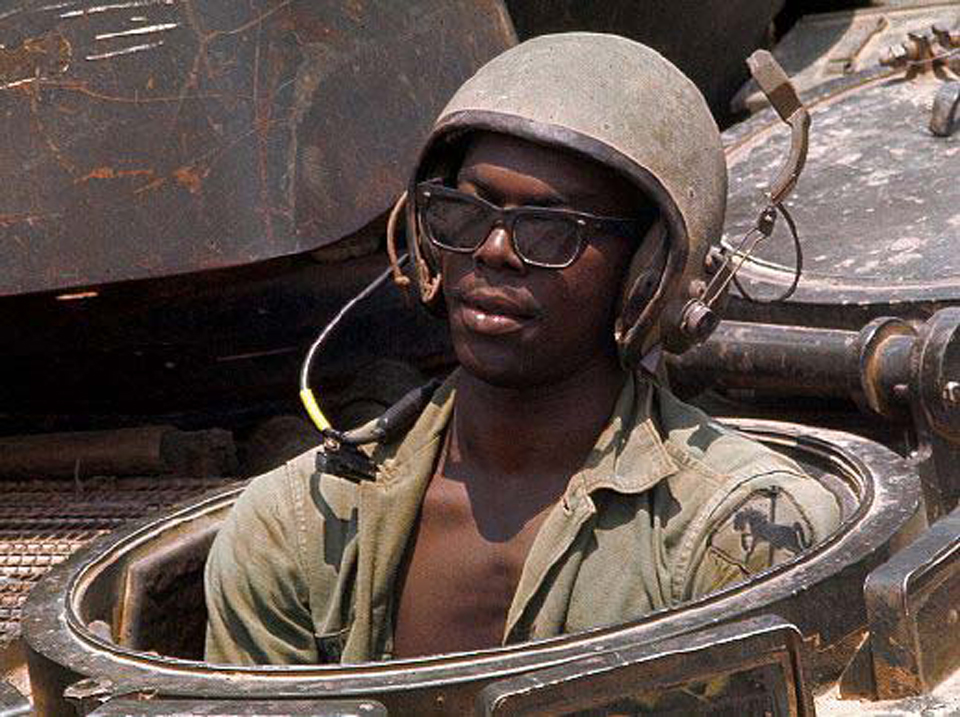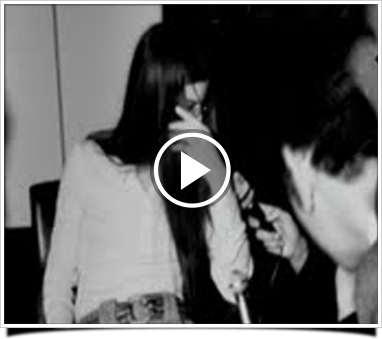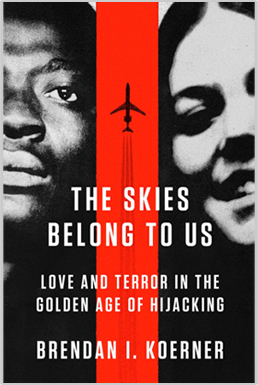In an America torn apart by the Vietnam War and the demise of sixties idealism, airplane hijackings were astonishingly routine. Over a five-year period starting in 1968, the desperate and disillusioned seized commercial jets nearly once a week. Their criminal exploits mesmerized the country, never more so than when the young lovers at the heart of The Skies Belong to Us pulled off the longest-distance hijacking in American history.
A shattered Army veteran and a mischievous party girl, Roger Holder and Cathy Kerkow commandeered Western Airlines Flight 701 as a vague protest against the war. Through a combination of savvy and dumb luck, the couple managed to flee across an ocean with a half-million dollars in ransom, a feat that made them notorious around the globe. Over the ensuing years, their madcap adventures on the lam would involve exiled Black Panthers, African despots, and French movie stars.
Yet The Skies Belong to Us is more than just an enthralling yarn about a spectacular heist and its bittersweet aftermath. It is also a psychological portrait of America at its most turbulent, and a testament to the madness that can grip a nation when politics fail.

1. The first note that Roger Holder handed to a Western Airlines stewardess as Flight 701 approached Seattle on June 2, 1972. (FBI)

2. Holder’s second note. There was only one more sentence on the flip side: “To the captain, and don’t stop!” (FBI)

3. Holder as a member of the 11th Armored Cavalry Regiment in late 1967. He would soon be severely wounded after his M-113 hit a landmine near Loc Ninh.

4. Holder relaxing at an air base outside Saigon in 1969. He would eventually go AWOL after serving time for marijuana possession. (Private Collection of Joy Holder)

5. Cathy Kerkow, Class of 1969 at Marshfield High School (Coos Bay, Oregon). Less than three years later, she would meet Holder while working as a masseuse in San Diego. (Coos Historical & Maritime Museum)

6. Holder plotted the hijacking in part to liberate Angela Davis, a Communist philosophy on trial for murder. He planned to swap the passengers for Davis, then fly her to North Vietnam.

7. From the transcript of Flight 701’s communications. (Private Collection of William Newell)

8. Holder’s initial demands, as recorded by the head of Western Airlines’ dispatch center in Los Angeles. (Private Collection of William Newell)

9. Eldridge Cleaver, the exiled Minister of Information for the Black Panther Party. He was one of the hijackers’ closest allies during their years on the run, but Holder despised him as a phony.

10. The actress Maria Schneider in Last Tango in Paris, the erotic 1973 film in which she was infamously degraded by a corpulent Marlon Brando. She and Kerkow became fast friends in Paris.

11. Cathy Kerkow in Paris, 1975. (Interpol)

12. Life’s 1972 cover story on the skyjacking epidemic. Forty Americans attempted to hijack planes that year; most wound up either dead or in jail.

13. A visual guide to America’s “Golden Age of Hijacking.”

14. Cuba was the sole destination for American skyjackers during the first phase of the epidemic. Most were imprisoned in tropical gulags after arriving in Havana.

15. Raffaele Minichiello, an Italian-born Marine who hijacked a TWA flight to Rome in 1969. He later signed a contract to star in a spaghetti Western. (AP Photo)

16. Arthur Barkley, a disgruntled truck driver with tax problems, was the first American skyjacker to demand ransom—a cool $100 million.

17. Ricardo Chavez Ortiz, who hijacked a jet with an unloaded pistol, had only one demand: he wanted to address the Spanish-language media about the hardships he had faced as a Mexican immigrant. (OUI Magazine)

18. Palestinian skyjacker Leila Khaled wore a ring fashioned from a shell casing on her left hand; she said it symbolized that she was “engaged to the revolution.” (Bettman/Corbis/AP Images)

19. One of the more outlandish anti-skyjacking proposals. Others included installing trap doors outside cockpits and building a fake Cuban airport in a field outside Miami.

20. Charlton Heston, the star of the 1972 box-office hit Skyjacked, one of several pop-culture products that sought to capitalize on the public’s fascination with the epidemic.

21. The 1971 best-seller The Skyjacker: His Flights of Fantasy, by psychiatrist David G. Hubbard. He believed that all skyjackers had deformed inner ears, a condition that could be prevented by supplying pregnant women with more manganese and zinc.

22. The Philips Norelco Saferay, the first X-ray machine to be approved by the Federal Aviation Administration. Even at the height of the epidemic, the airlines resisted calls to physically screen all passengers.






